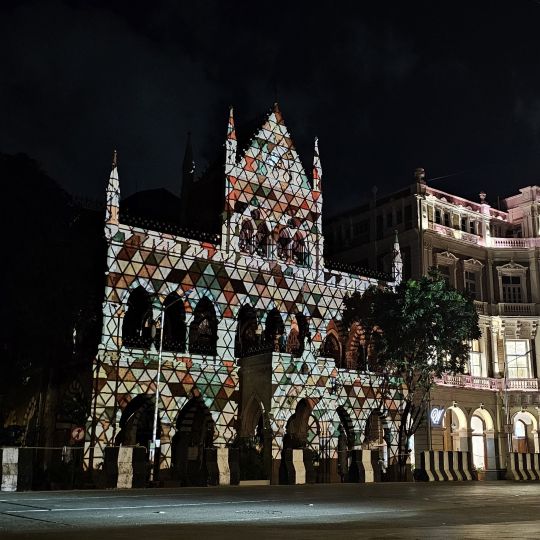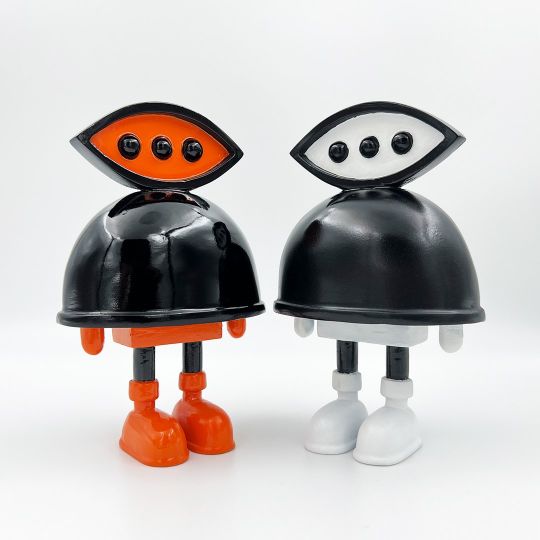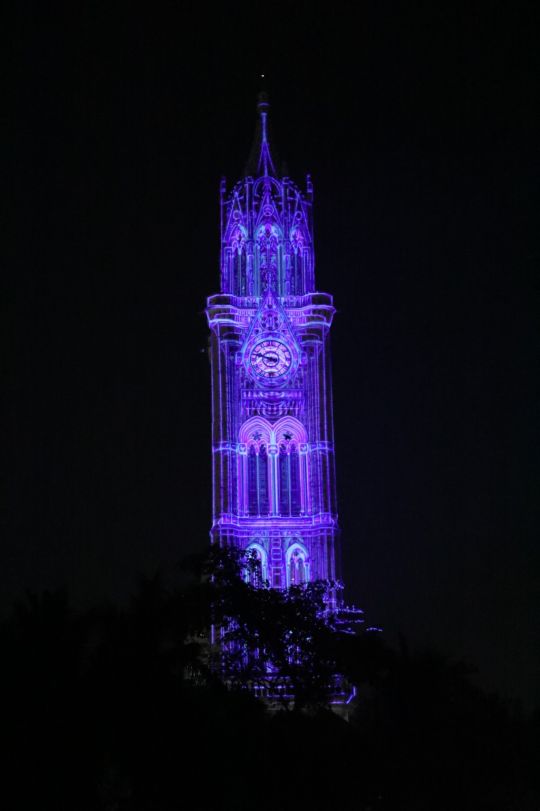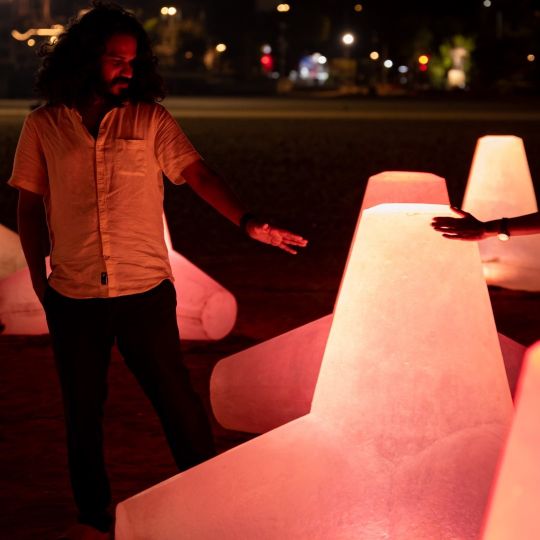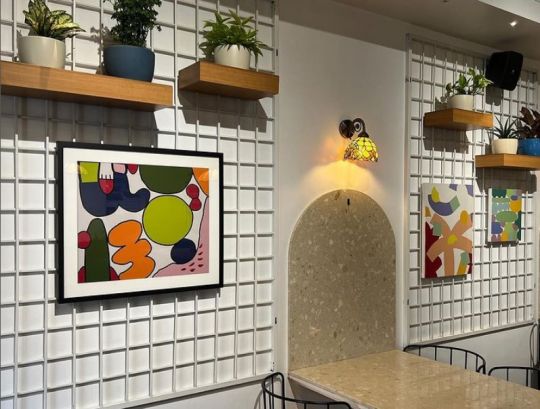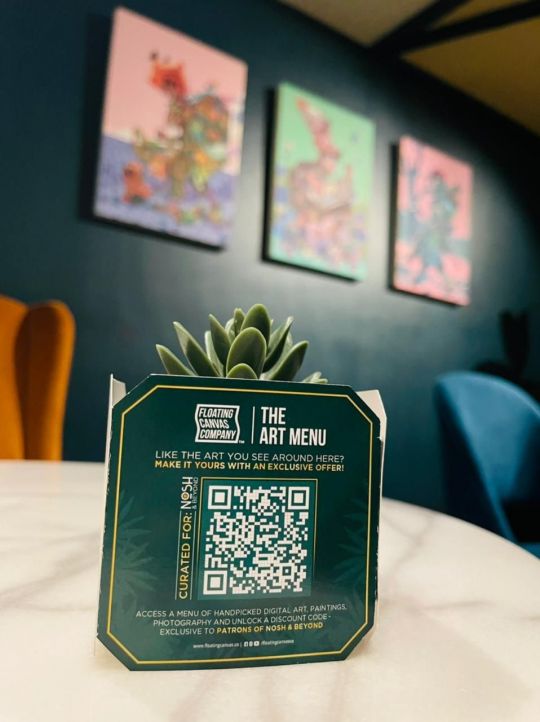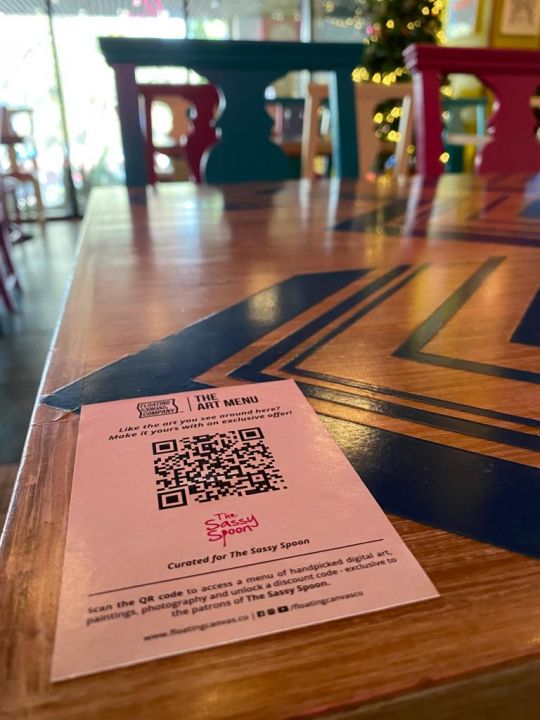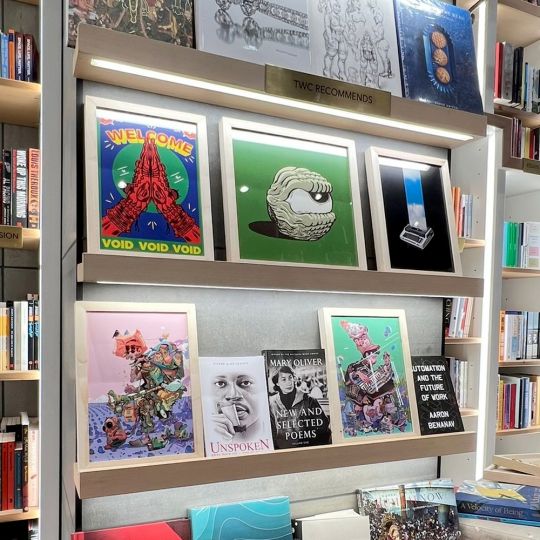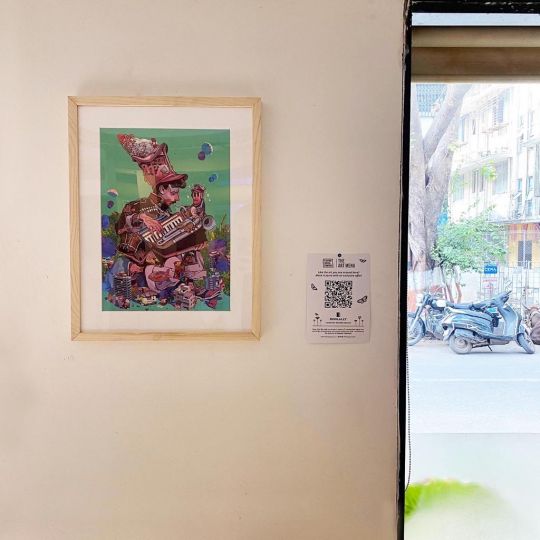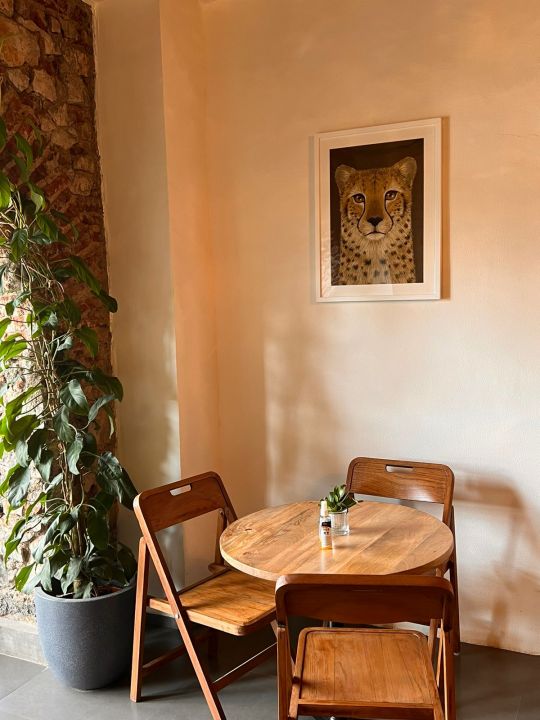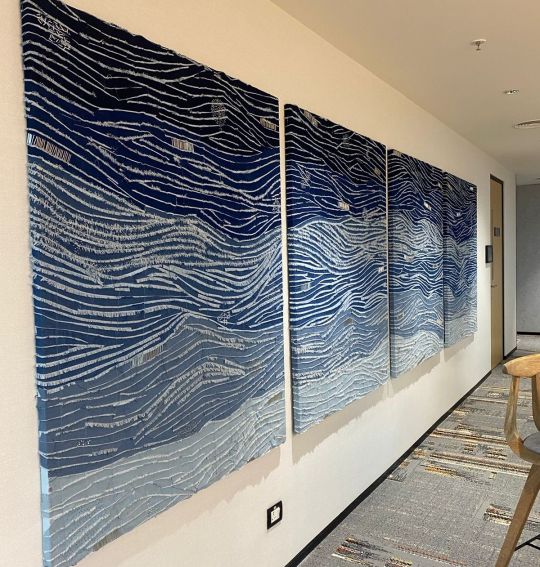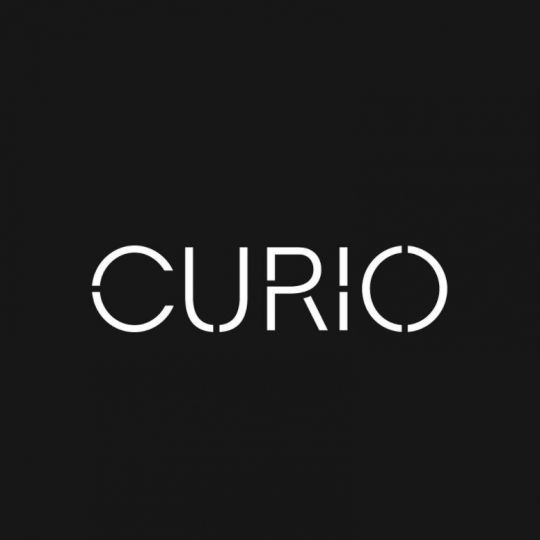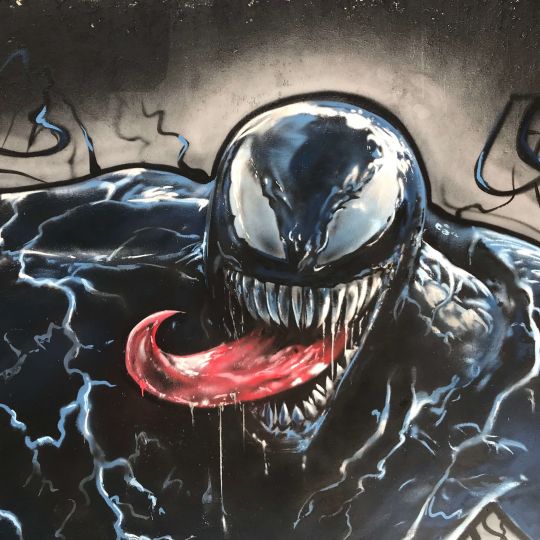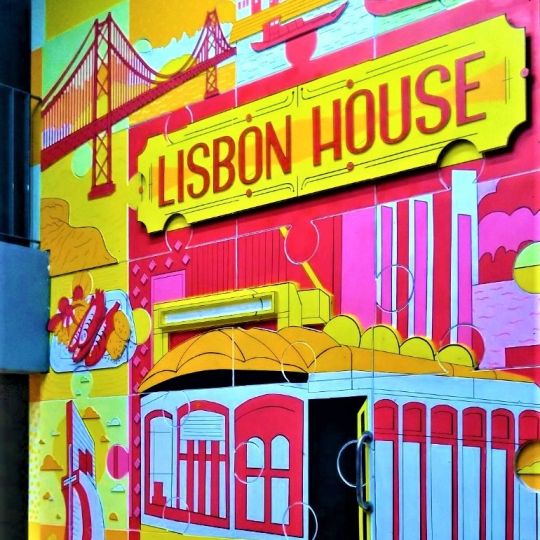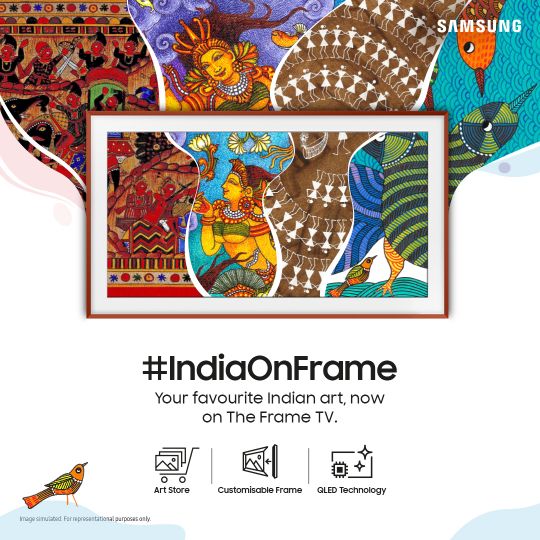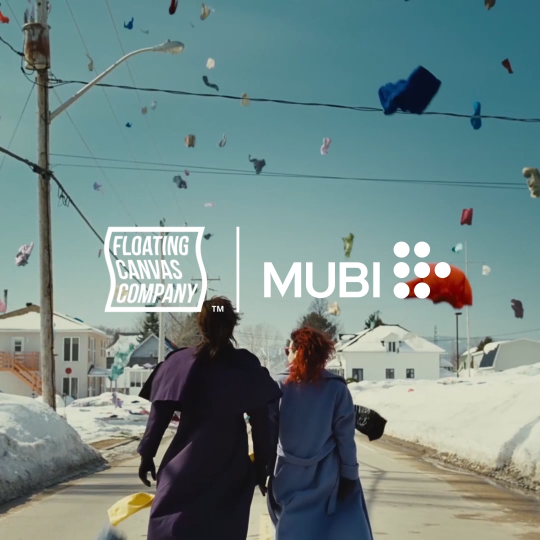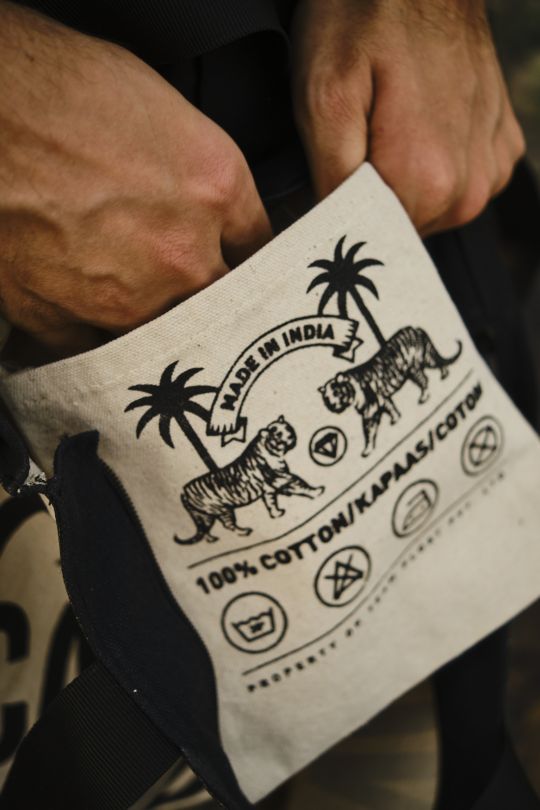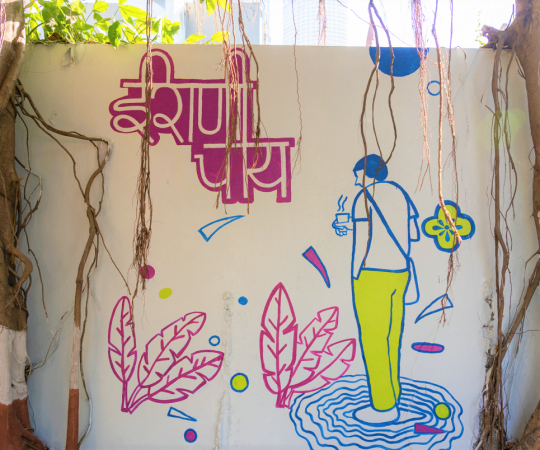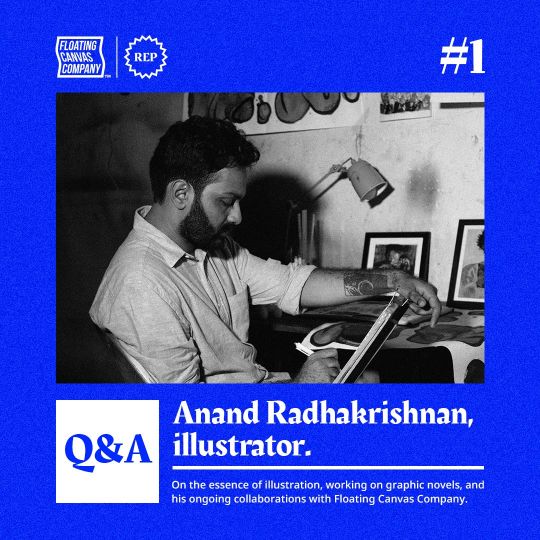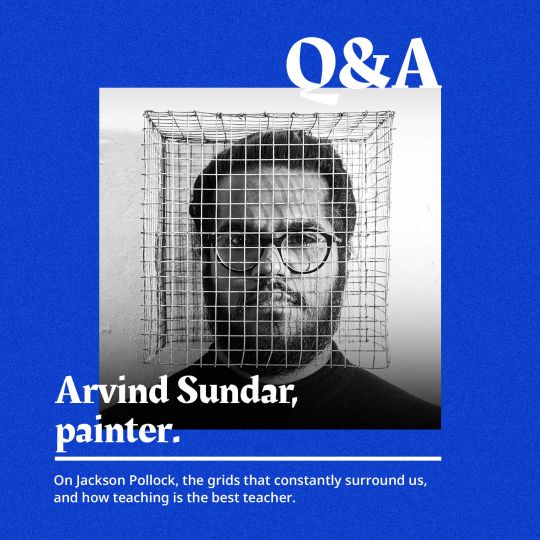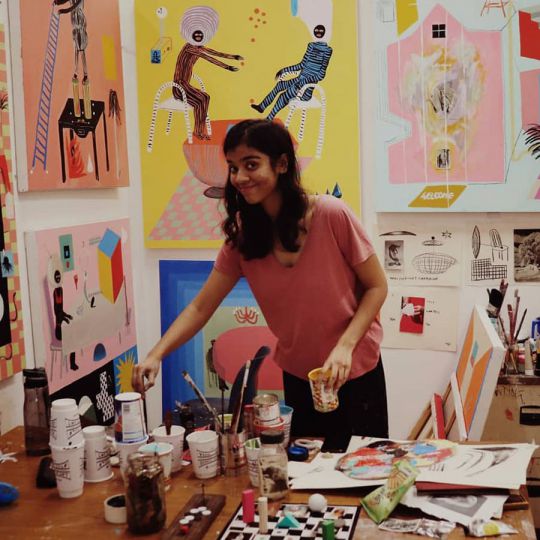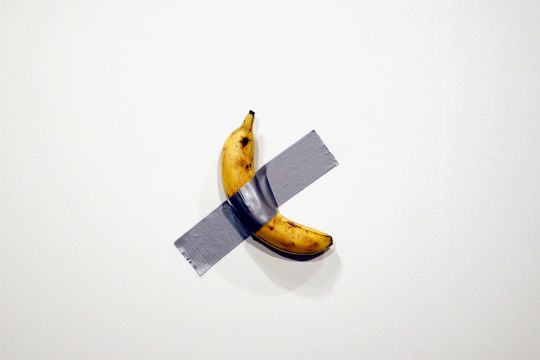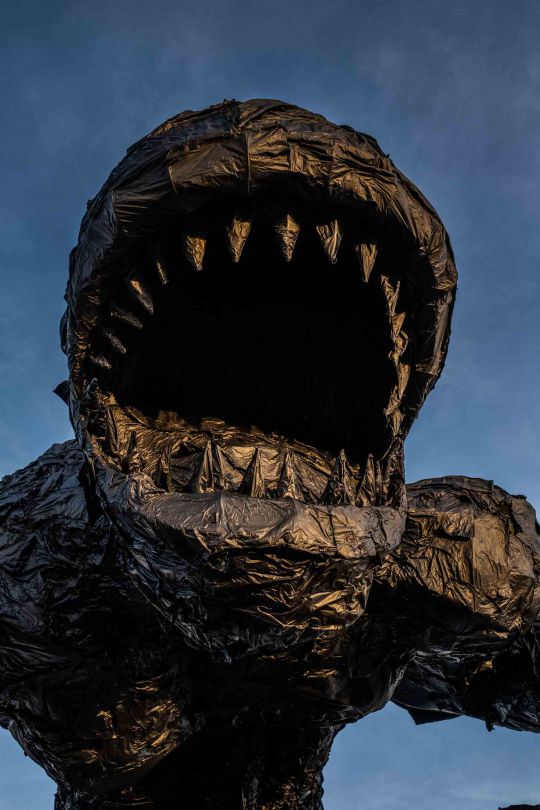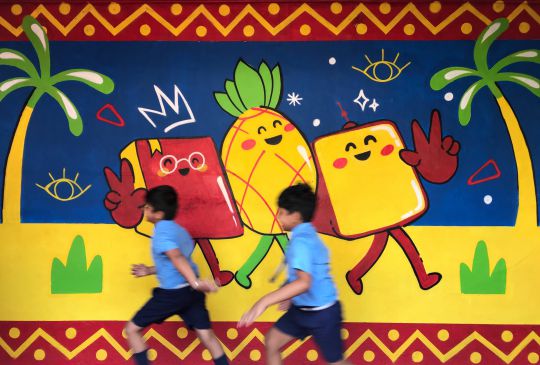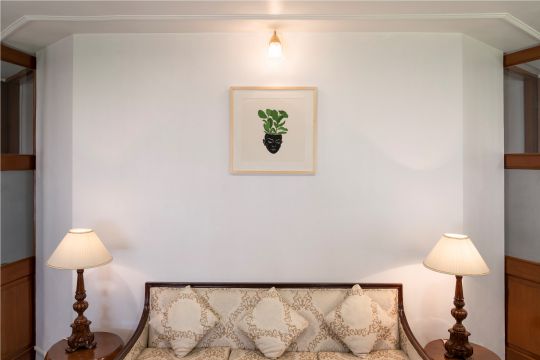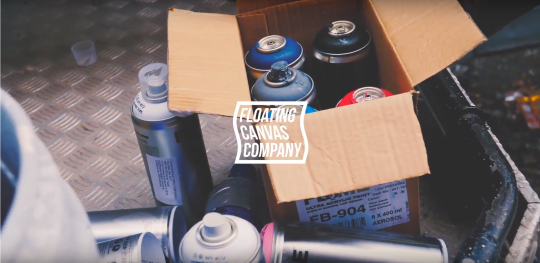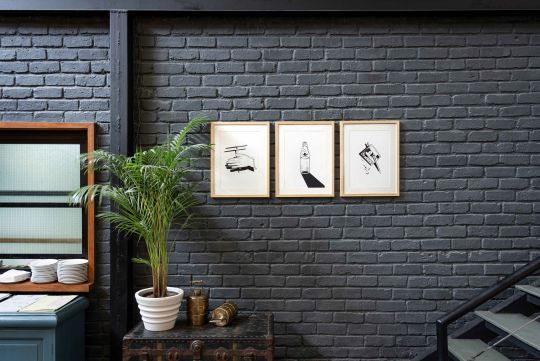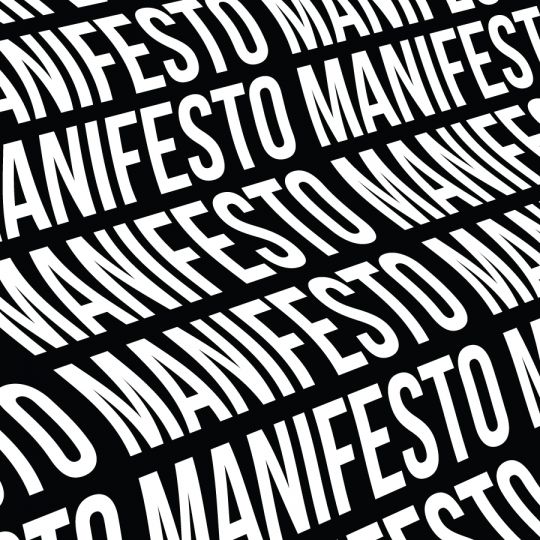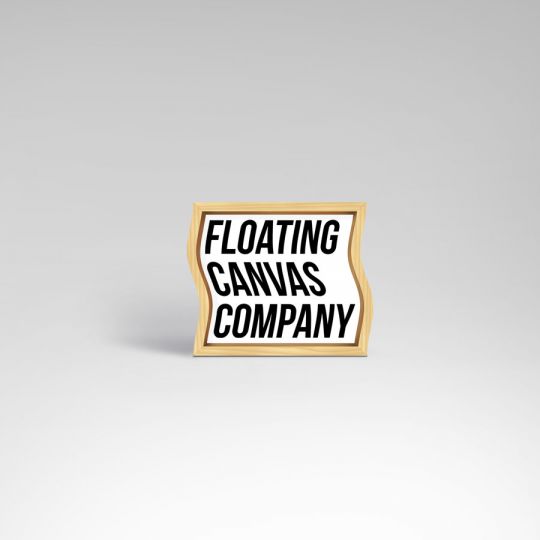Anirudh Acharya is a self-taught artist. Growing up in a home where art was always encouraged, Anirudh's early interest in drawing and painting marked the beginning of a journey that led to the development of his striking and authentic visual style. Anirudh is formally trained as a mathematician and continues with his art practice alongside his day job as a scientist. He talks to us here about his work, process, inspirations, and more.
Q. How did your journey as an artist begin?
Like most people, I painted and doodled and sketched a lot as a child. Perhaps all that is remarkable is that I never stopped. Eventually, painting and drawing become part of my self identity. There really is no defined and unique event or beginning of a journey.
Q. Apart from being a practising artist, you happen to be a practising scientist too. How do you strike a balance between the two? And how does one influence and enrich the other?
I don't really see a separation between the two. At the heart of both is just the requirement to play and test new ideas and explore novel connections - and also to ever refine and expand a single world-view. The most incredible insights we have from the "scientific method" or even abstract and pure mathematics are beautiful, and capable of generating a feeling of awe. Art can also be a meditation, pondering or extension on the same wonderment that science inspires.
In a more practical sense, they often influence each other quite nicely. Especially with digital art, it is always easy (in fact necessary) to interface with technology and data. This might involve new ways of processing images, or even the generation of images.

Milk of The Moon by Anirudh Acharya
Q. You describe your work as 'an exploration of an inner landscape'. Can you please elaborate on that encapsulation?
I think the simplest way to explain it is that the spaces in my paintings feel a part of my inner geography. I feel that all the locations, spaces and settings associated with my memories and emotions are somehow internalised. For instance, there is a representation of my childhood home in my mind. One that I can place myself in and explore. Although crucially, this internal representation doesn't correspond exactly to the external. It is coloured, exaggerated, deformed and expanded - often in surreal ways. These are the internal spaces I am interested in exploring through my work.
Q. Windows, staircases, terraces, the sea and - most prominently - the moon. These are some of the recurring elements that one comes across in the stark and expansive settings of your images. Can you tell us a bit about the genesis and significance of these motifs?
They are simply the elements I have grown up with - parts of my homes and the city by the ocean. But if I were to attempt answering this further, I feel that the only two directions left in which one can look as far as the eye can see and not spot anything made by man are up into the sky, and if you live near the ocean, out towards the horizon of the sea. Maybe that's why they keep recurring in my paintings. A window or a terrace as an escape from where one is bound to be.

Q. What other themes, ideas or philosophies do you like to explore through your works?
Nothing consistent and overarching. I enjoy Indian philosophy, some mysticism, the general and pervasive speculating people through all ages and places have done on the meaning of existence. I also really enjoy pataphysics - a parody of physics and metaphysics.
Q. Which artists have inspired you most along the way? Outside the world of visual arts, who or what would you count as major sources of inspiration?
The works of Rothko, Turner, Magritte, Redon, de Chirico, Bacon come to mind. Outside visual arts, there is of course music, philosophy, poetry and literature.
Q. Tell us a bit about your process. What does a typical session in the studio look like?
This is very straightforward. There is no studio. Just my laptop, a mouse, and perhaps a drawing tablet. I usually begin with a photograph that I have taken of a space, or an element that interests me. I expand on this by isolating the parts I want to retain, modifying them to be slightly surreal and out of the ordinary, adding other elements by painting and using other photographs to develop the composition, tone, and context of the image.

Q. You have shifted almost entirely to the digital medium over the past few years. What led to this decision? And what kind of an impact has it had on your process and output?
The major motivation has simply been the convenience offered by the digital medium. No expensive paints, or cumbersome canvases that demand space. Also the ability to undo, redo and alter in a way that is simply not possible in the traditional mediums. There is something, however, to be said about the tactility of physically applying paint to a surface, of the resulting uniqueness and physicality of a traditional piece. I think these are important, but right now, the digital medium allows me to make the most effective use of the little time I get outside of my full-time job.

Q. What was it like making art during the pandemic?
In terms of my process - not very different from before.
Q. What are you working on currently? Any recently concluded or upcoming projects that you would like to tell us about?
More of the same. I do have some on-going projects like the "Collected illustrations from unknown manuals" that need to be added to, edited and completed.
Q. What's that one piece of advice that you would like to offer to artists who are just starting out?
Just to always keep creating. To make it a habit, and to always work towards a "finished product". To not merely stop at doodles, or ideas in a sketchbook.

